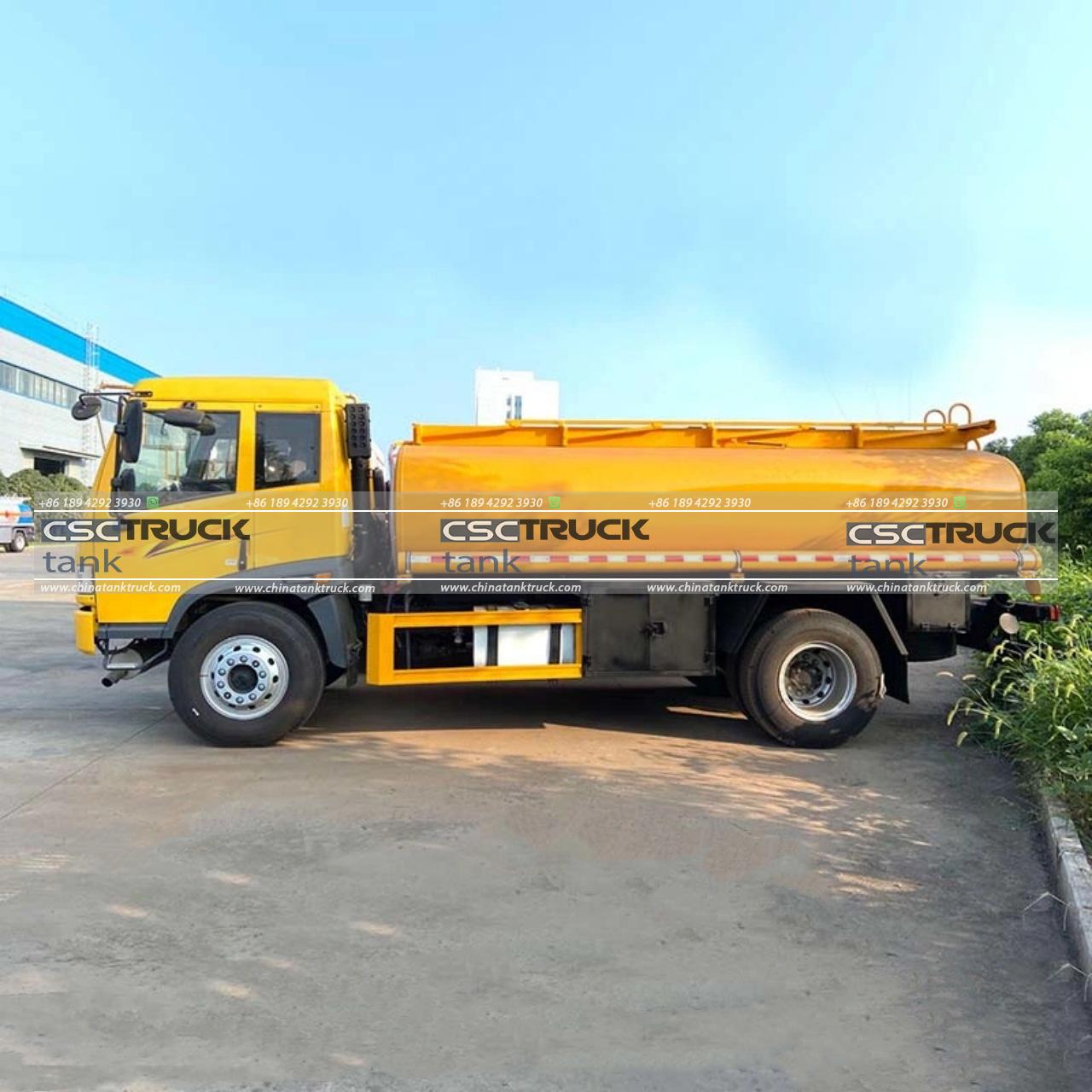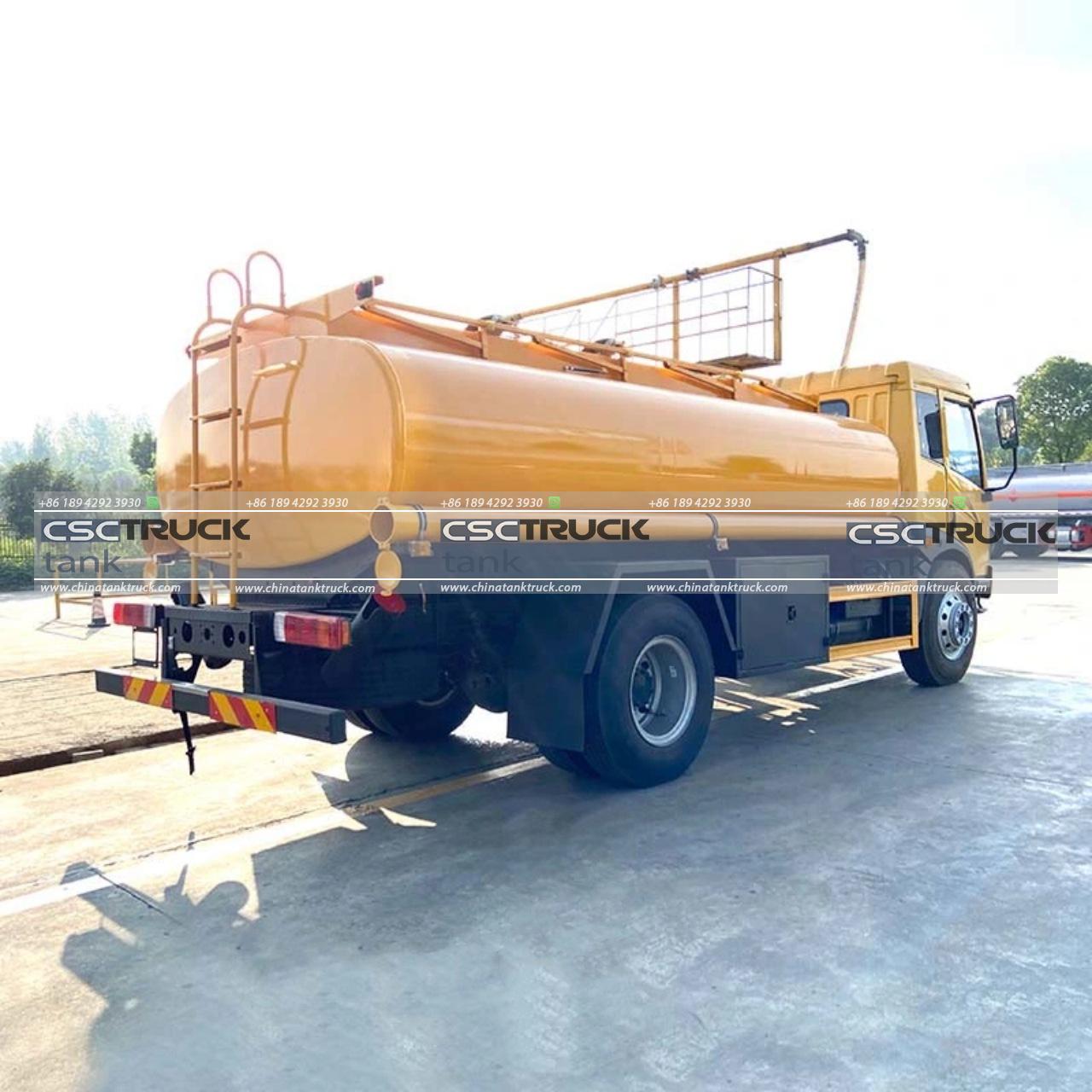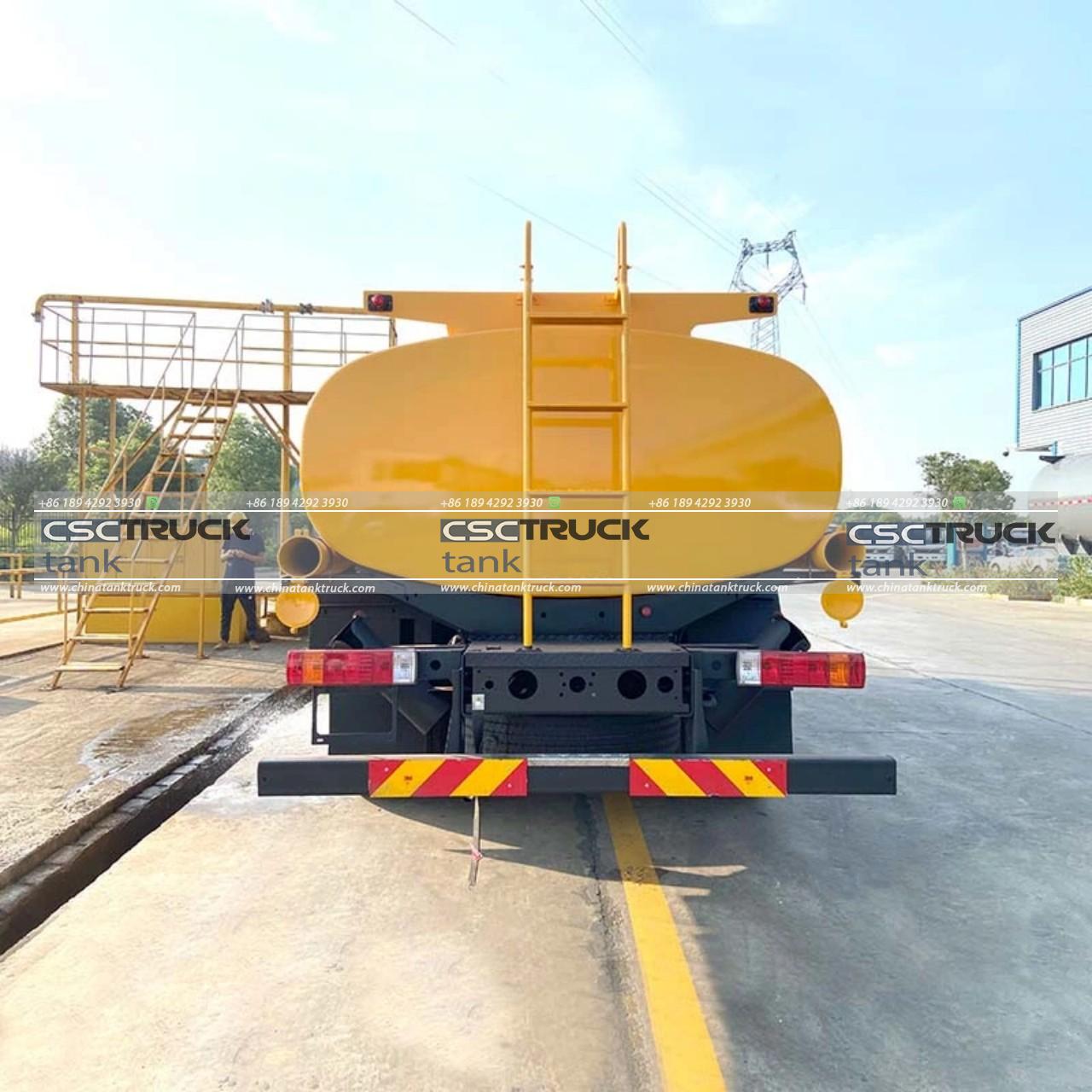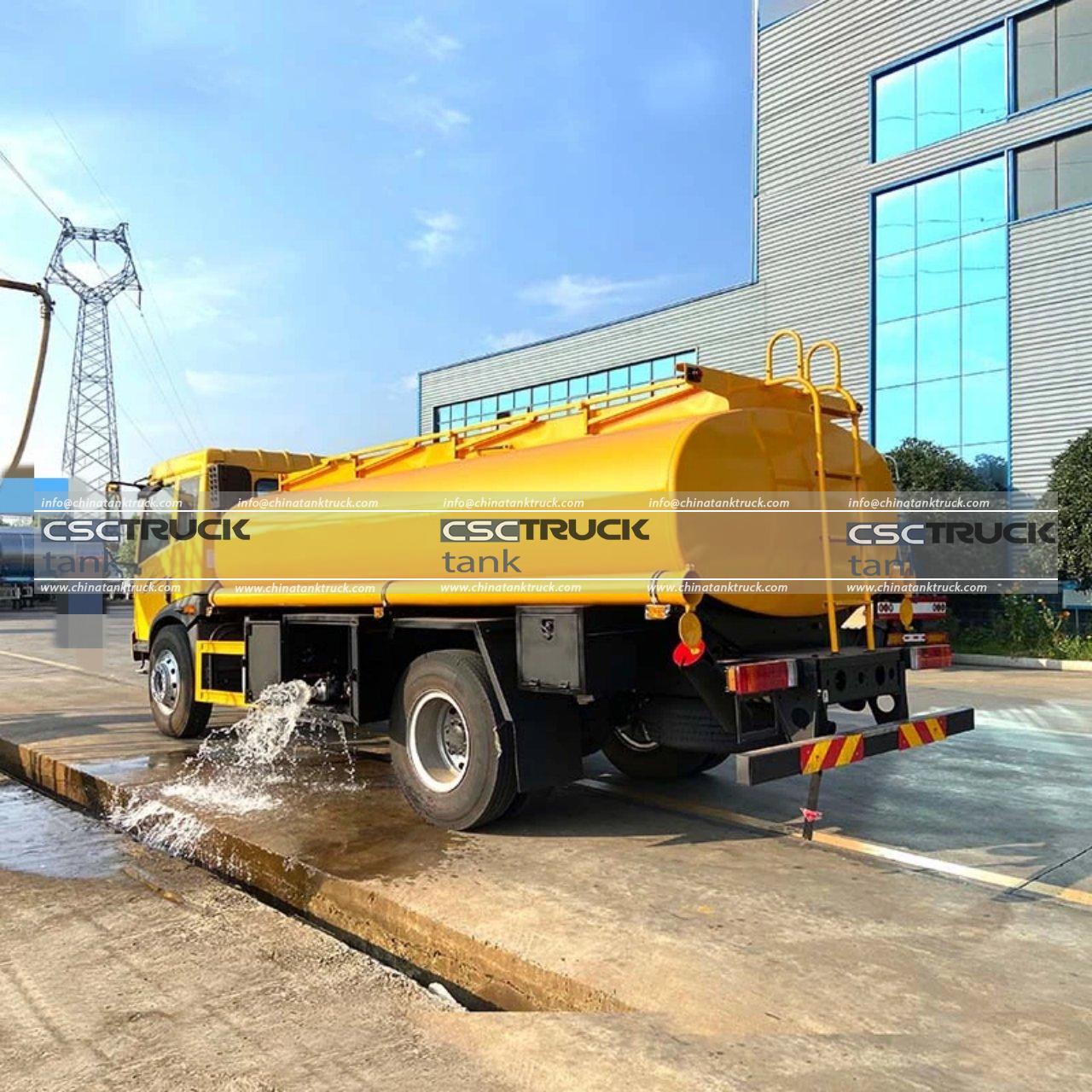What is Carried in a Tanker Truck?
Tanker trucks, often referred to as tankers, are specialized vehicles designed for transporting bulk liquids and gases. These trucks are a critical component of the logistics chain, providing efficient and safe transportation for a wide variety of substances across industries. From fuel and chemicals to food products and water, the cargo carried in tanker trucks varies widely, depending on the type of tanker and the industry it serves. In this article, we’ll explore the diverse range of materials transported in tanker trucks, their design features, and the safety considerations involved.
Types of Tanker Trucks
Tanker trucks come in various sizes and configurations to accommodate different types of cargo. The primary types include:
1. Fuel Tankers
Designed to transport petroleum products such as gasoline, diesel, and aviation fuel, fuel tankers are among the most common types. These tankers are equipped with compartments to prevent liquid movement during transit, reducing the risk of accidents and spills.
2. Chemical Tankers
Chemical tankers transport hazardous or non-hazardous chemicals, such as acids, bases, and solvents. They are constructed from corrosion-resistant materials like stainless steel and often have insulated or lined interiors to maintain the integrity of the transported chemicals.
3. Food-Grade Tankers
Used for transporting consumable liquids like milk, wine, juices, and edible oils, food-grade tankers are built to strict hygiene standards. They are often made of stainless steel and feature smooth, polished interiors for easy cleaning and to prevent contamination.
4. Cryogenic Tankers
Cryogenic tankers are designed to transport super-cooled liquids such as liquid nitrogen, oxygen, and argon. These tankers are heavily insulated and equipped with advanced technology to maintain extremely low temperatures.
5. Dry Bulk Tankers
Although not liquid carriers, dry bulk tankers transport materials like cement, sand, or powdered food products. These vehicles often resemble liquid tankers but are equipped with different unloading mechanisms.

What Do Tanker Trucks Carry?
1. Petroleum Products
Fuel tankers are the backbone of the energy sector, carrying gasoline, diesel, and kerosene to fuel stations and industrial sites. In addition to conventional fuels, they also transport alternative fuels like biodiesel and ethanol.
To ensure safety, these trucks are fitted with vapor recovery systems and grounding wires to prevent static electricity from igniting the highly flammable cargo. Compartments within the tanks minimize liquid movement, which helps maintain vehicle stability during transport.
2. Chemicals
Tanker trucks play a crucial role in the chemical industry by transporting a wide range of chemicals, including:
– Acids: Sulfuric acid, hydrochloric acid, and nitric acid are commonly carried in tankers with corrosion-resistant linings.
– Bases: Sodium hydroxide and potassium hydroxide require specialized tanks with protective coatings.
– Solvents: Paint thinners, acetone, and ethanol are transported in chemical tankers designed to prevent leaks and contamination.
Given the hazardous nature of many chemicals, these tankers are built with safety features such as pressure-relief valves and emergency shutoff systems. Drivers undergo rigorous training to handle emergencies.
3. Food and Beverage Products
Food-grade tanker trucks are a vital link in the supply chain for perishable and non-perishable food products. They transport:
– Milk: Milk tankers are insulated to maintain the appropriate temperature and ensure freshness. They are cleaned and sanitized after each trip to meet hygiene standards.
– Juices and Beverages: Tankers carry juices, soft drinks, and other beverages in bulk, maintaining specific temperature controls to preserve quality.
– Edible Oils: Cooking oils like vegetable oil, olive oil, and palm oil are transported in sealed, food-safe tankers to prevent oxidation.
Special regulations govern the design and operation of food-grade tankers to prevent contamination and spoilage, ensuring consumer safety.
4. Water
Tanker trucks are often used to transport potable water to areas with limited access to clean water. These trucks play a crucial role in disaster relief efforts, delivering drinking water to communities affected by natural disasters such as hurricanes, earthquakes, and floods.
Additionally, water tankers are used in agriculture for irrigation and in construction for dust suppression. In these cases, the water is non-potable and transported in basic tankers without the need for specialized cleaning.
5. Gases
Cryogenic tankers are used to transport liquefied gases, including:
– Liquefied Natural Gas (LNG): A critical energy source, LNG is transported at temperatures below -260°F (-162°C).
– Liquid Oxygen and Nitrogen: Widely used in medical, industrial, and scientific applications, these gases require precise temperature controls and insulation.
The transportation of cryogenic substances demands advanced safety measures, as leaks can lead to rapid vaporization and potential hazards.
6. Industrial Liquids
Industrial liquids such as lubricants, cleaning agents, and adhesives are also transported in tanker trucks. These tankers may require temperature controls or specific linings to ensure the cargo remains stable during transit.
7. Hazardous Materials
Tanker trucks are frequently employed to move hazardous materials, including radioactive substances and flammable liquids. Strict regulations govern the transport of such materials, requiring specialized equipment, documentation, and emergency preparedness plans.

Key Features of Tanker Trucks
The design of a tanker truck depends on its intended cargo. Common features include:
– Compartmentalization: Many tankers have multiple compartments to separate different products or reduce liquid movement.
– Insulation and Heating Systems: These maintain the required temperature for sensitive cargo such as cryogenic liquids or food-grade products.
– Pressure and Vacuum Controls: These systems ensure the safe transport of volatile substances.
– Safety Equipment: Tankers often feature fire suppression systems, anti-rollover technology, and monitoring devices.
Safety and Regulations
The transportation of liquids and gases in tanker trucks involves significant risks, making safety a top priority. Regulations vary by region but typically include:
1. Driver Training: Drivers must be trained to handle specific types of cargo, including hazardous materials.
2. Maintenance: Regular inspections of the tanker, its fittings, and safety systems are mandatory.
3. Labeling: Clear labeling of the contents, including hazard symbols, ensures proper handling and response in emergencies.
4. Permits and Documentation: Some materials require special permits and detailed records of transportation routes and procedures.

Environmental Considerations
Spills from tanker trucks can have severe environmental consequences. To mitigate risks, tankers are designed with spill containment features, and operators are trained in spill response. Additionally, industries are exploring alternative transportation methods, such as pipelines or rail, for certain materials to reduce road traffic and associated risks.
Conclusion
Tanker trucks are indispensable in modern logistics, serving industries as diverse as energy, food, agriculture, and healthcare. The versatility of these vehicles allows them to transport a wide range of substances, from fuel and chemicals to milk and water. While their operation involves significant challenges and risks, advancements in design, safety measures, and regulations ensure the secure and efficient transportation of their cargo. As industries continue to evolve, so too will the technologies and practices associated with tanker trucks, making them even more essential in a connected world.


